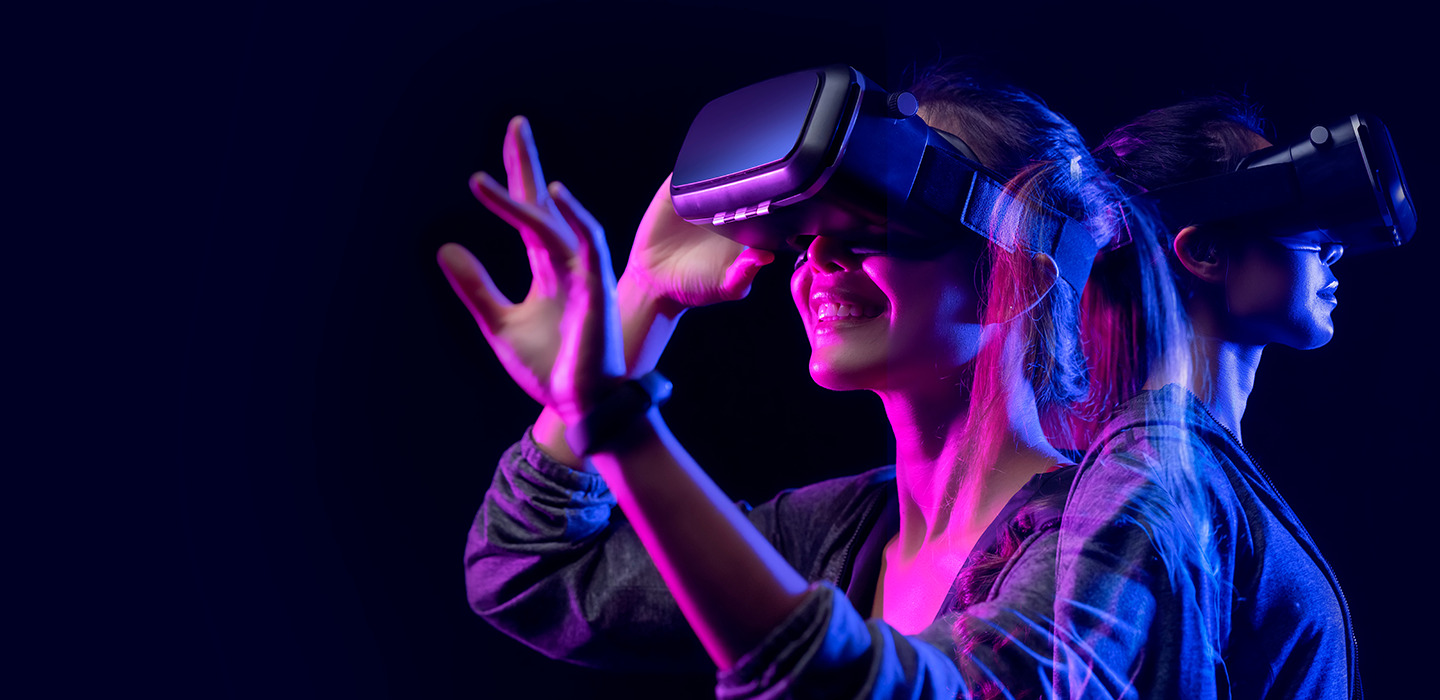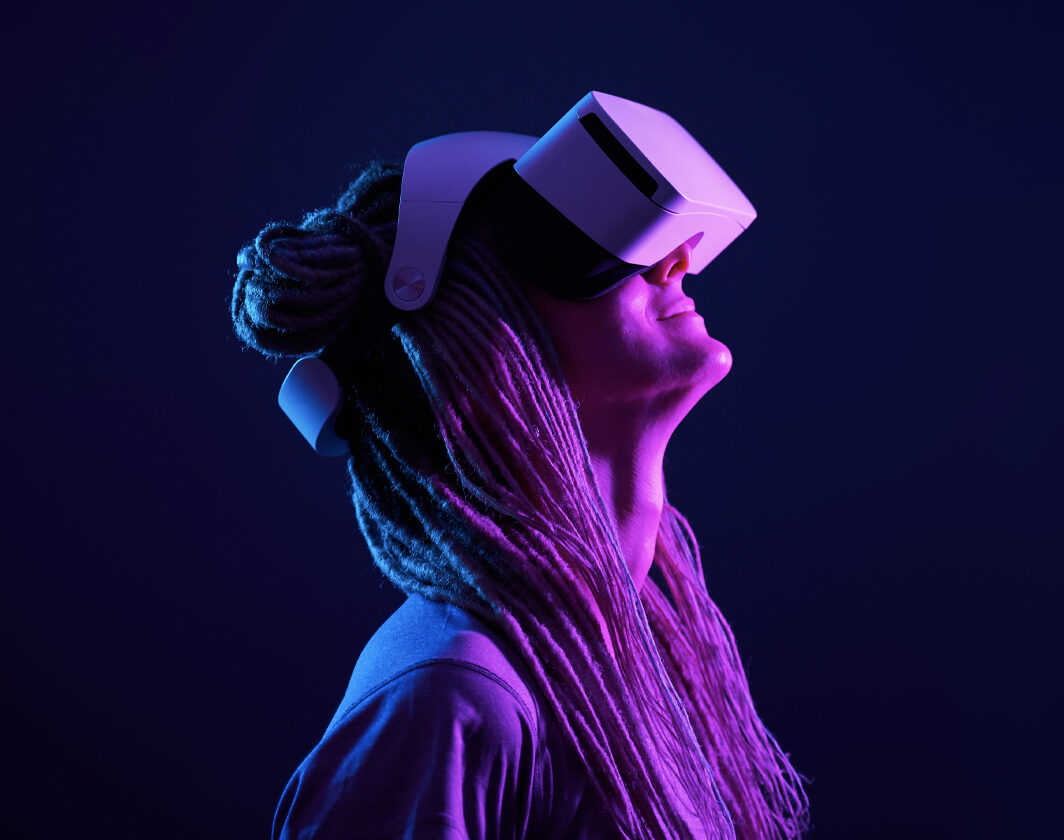Virtual reality types
Virtual reality is a fully digital, computer-generated, three-dimensional experiential environment. Unlike traditional user interfaces that only allow users to view a screen, VR allows the user to step inside an experience, to be immersed in and interact with a 3D world that can either simulate or differ completely from the real world. (Related: augmented reality medical training, VR medical training, AR + VR medical education) By simulating the senses as possible – such as vision, hearing, and sometimes touch – a computer is transformed into a gatekeeper to a new world. The only limits to a VR experience are the availability of content and computing power. There are 3 primary categories of virtual reality simulations used today: non-immersive, semi-immersive, and fully-immersive simulations.NON-IMMERSIVE VIRTUAL REALITY
Non-immersive virtual experiences are often overlooked as a virtual reality category because it’s already so commonly used in everyday life. This technology provides a computer-generated environment, but allows the user to stay aware of and keep control of their physical environment. Non-immersive virtual reality systems rely on a computer or video game console, display, and input devices like keyboards, mice, and controller. A video game is a great example of a non-immersive VR experience.


SEMI-IMMERSIVE VIRTUAL REALITY
Semi-immersive virtual experiences provide users with a partially virtual environment. It will still give users the perception of being in a different reality when they focus on the digital image, but also allows users to remain connected to their physical surroundings. Semi-immersive technology provides realism through through 3D graphics, a term known as vertical reality depth. More detailed graphics result in a more immersive feeling. This category of VR is used often for educational or training purposes and relies on high-resolution displays, powerful computers, projectors or hard simulators that partially replicate design and functionality of functional real-world mechanisms.
FULLY IMMERSIVE VIRTUAL REALITY
Fully-immersive simulations give users the most realistic simulation experience, complete with sight and sound. To experience and interact with fully-immersive virtual reality, the user needs the proper VR glasses or a head mount display (HMD). VR headsets provide high-resolution content with a wide field of view. The display typically splits between the user’s eyes, creating a stereoscopic 3D effect, and combines with input tracking to establish an immersive, believable experience. This type of VR has been commonly adapted for gaming and other entertainment purposes, but usage in other sectors, namely education, is increasing now as well. The possibilities for VR usage are endless.


